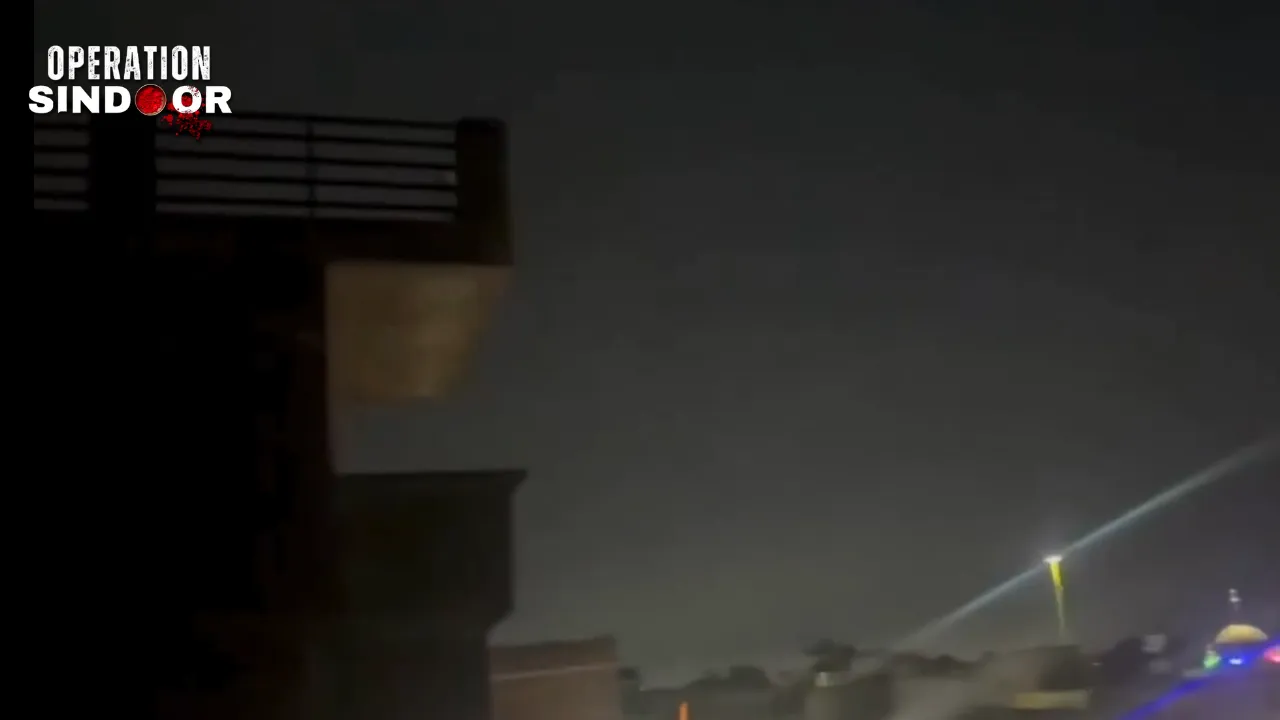AWACS: The Eyes in the Sky Shaping Modern Air Warfare
AWACS, or Airborne Warning and Control System, is a term that has become increasingly common in the context of modern military strategy. These aircraft serve as mobile radar stations and command centers in the sky. In times of conflict, such as the recent Indo-Pak tensions, AWACS platforms have played a decisive role in shaping the outcome of aerial engagements. This article explores what AWACS are, how they function, and their crucial role in contemporary air defense.

What Are AWACS Aircraft?
AWACS stands for Airborne Warning and Control System. These platforms are high-tech aircraft equipped with advanced radar domes. The radome, usually mounted on top, can detect and track aircraft hundreds of kilometers away. AWACS provide real-time surveillance, enabling rapid detection of incoming threats long before ground-based radars could spot them. Their high altitude allows them to "see" over the horizon—a major advantage in modern warfare.
In addition to early warning, AWACS coordinate fighter jets, direct air defenses, and monitor enemy activities. As explained by Firstpost, these flying command centers act as the military’s “eyes in the skies,” making them a force multiplier for any air force.
How Do AWACS Work?
An AWACS aircraft is typically outfitted with a rotating radar dome and multiple workstations for specialists. The radar emits pulses, which reflect off aircraft, missiles, or drones, allowing the system to calculate their distance, speed, and direction. This airborne radar overcomes the earth's curvature that limits ground-based systems. As a result, AWACS can monitor massive regions—from tracking hostile planes to guiding friendly jets in real time. Modern AWACS also include secure communications, jamming equipment, and defensive countermeasures for protection against missiles.
To understand the science behind these powerful radars, News18 details how such systems, including those used by Pakistan, work to detect missiles and aircraft across great distances. Read more about radar operations in their detailed explainer.
AWACS in the Indo-Pak Context
AWACS have come under the spotlight during recent military escalations between India and Pakistan. In May 2025, Indian defense forces reportedly shot down a Pakistani AWACS operating over Punjab. This event was significant, as the loss of such an asset severely reduces a nation’s air surveillance and battlefield coordination capabilities.
According to WION News, Pakistan had operated a fleet of nine AWACS, primarily the Saab 2000 Erieye from Sweden. These platforms enabled wide-area coverage and fast tracking of aerial threats. The downing of one AWACS put a noticeable dent in Pakistan’s surveillance network, underscoring just how pivotal these aircraft are in modern conflict.
The Future of Airborne Early Warning
As aerial combat evolves, the importance of airborne early warning systems like AWACS will only increase. These platforms will integrate better electronic sensors, advanced communication, and robust countermeasures. Both India and Pakistan continue to invest in newer AWACS systems to protect their airspace and outmaneuver adversaries.
AWACS are not just sophisticated radars in the sky. They represent a strategic edge, allowing air forces to anticipate, respond, and dominate in aerial warfare. As recent events show, control of the skies increasingly depends on the power of these airborne "eyes".
Conclusion
The role of AWACS in modern defense cannot be overstated. They are central to national security, providing the command and control backbone required for coordinated air operations. As demonstrated in the Indo-Pak conflict, losing an AWACS can shift the balance in ongoing military engagements. With technology advancing and threats evolving, these aircraft will remain indispensable for any country seeking to maintain air superiority.